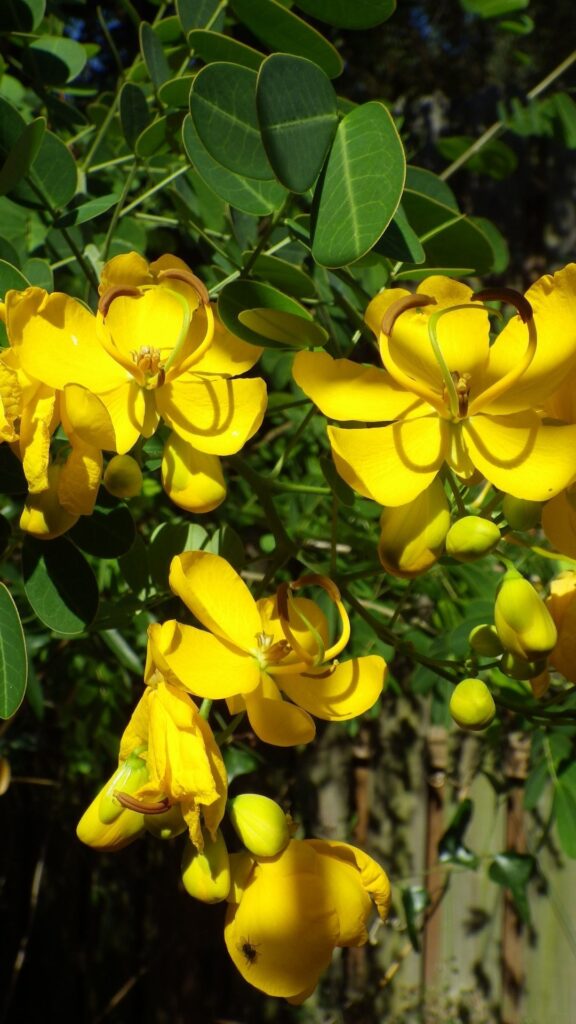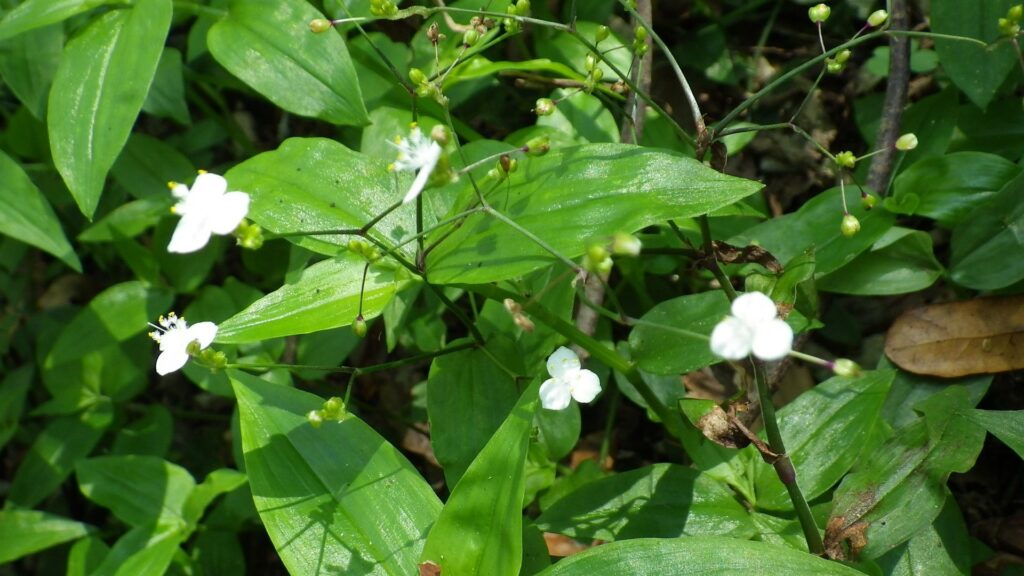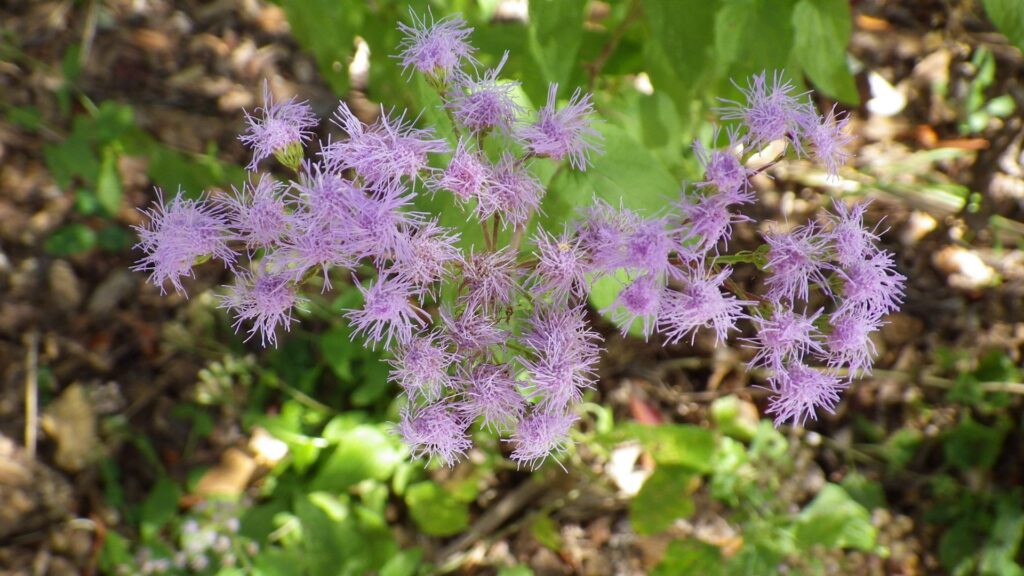by Jean Larson
December 1, 2012
This morning the Building and Grounds Committee met, and I was reminded that we had not fixed the growing gully in the slope below the ramp to the main entrance to our building. Ryan had pointed it out on the first Sunday in October but we had never gotten all the pieces together to implement the solution proposed at that meeting. So after meeting for worship and the forum, I made a trip to to Garden Gate Nursery where I buy native plants, picked up a small amount of pea gravel, two powder puff mimosas (Mimosa strigillosa) and three purple eyed grass (Sisyrinchium augustifolia) both of which are already planted there. The powder puff mimosa is a good soil binder but has a tendency to spread onto the drive and onto the ramp. The purple eyed grass, a member of the iris family, grows in a clump, so I used it at the top by the edge of the ramp. We will see how well the new plants fill in for the lovely tampa verbena (Glandularia tampensis) that was originally planted but no longer survives in this area.
After meeting, and before eating, I walked through the woods, missing Bill who so often accompanies me on these trips. I visited him in Toronto and heard from people at Toronto Monthly Meeting that they appreciated his help on the clean-up day, where they had not seen the lawn so thoroughly raked in a long time. They meeting for worship room looks over a walled garden which showed the effects of recent frosts, but the messages included one on the existence of flowers if one knew where to look. A message of light and hope in dark times is always welcome, and I suddenly started seeing roses blooming not only on the walk way to the meeting room but in many small gardens in front of people’s houses and even behind our meetinghouse, where the rose planted by Bud is still blooming, pale with rose tinged edges.
<insert the picture of the Christmas Cassia>

The cassia (Senna pendula) by the drive is still blooming happily in December, and is sometimes referred to as Christmas cassia. The one behind the meetinghouse near the meeting for worship room has some blossoms left and exhibits the drooping (pendula) nature for which it is named.
This plant is an exotic invasive further south, so we are keeping watch to see it does not get out of hand.
A number of the plants that flower late into the fall and early winter are exotic. The tropical milkweed
(Asclepias curassavica) and (common) lantana (Lantana camara) I saw blooming by the creek in November are attractive examples, as is the Tahitian bridalveil (Gibasis pellicida), with its white flowers stretching above the green foliage on dark stems with the splitting off in pairs. It continues to bloom near where the creek used to leave the property. Bill has said that the tropical milkweed blooms longer than Florida natives and can encourage butterflies that should be migrating to stay too long. The lantana hybridizes with native lantanas, and is a listed invasive exotic, but the Tahitian bridalveil is simply exotic.


Around the meeting house, the conradina (Conradina canescens) continues to bloom on the slope as does the Georgia calamint (Calamintha georgiana) around the peace pole. The dune sunflowers are blooming near the rosemary below the library windows. The climbing aster (
in the children’s yard and the Elliot’s aster (Aster elliottii) in the back retention pond.

At the far end of the back retention pond, I had planted some Garberia heterophylla, and was pleased that they bloomed last month. Now when I am there, I see the golden light filtered through the Hophornbeam trees (Ostrya virginiana). I walked down the old creek bed which is dry now and noticed that trees have fallen across it. The stress of drought has hit them doubly since water used to stream down that way when it rained, but has not for some time. Walking where the water is now flowing near the old meeting for worship in nature area, I spotted racoon tracks which used to be found in the old creek bed. As life changes around us we too seek new paths to the living waters that sustain us.
